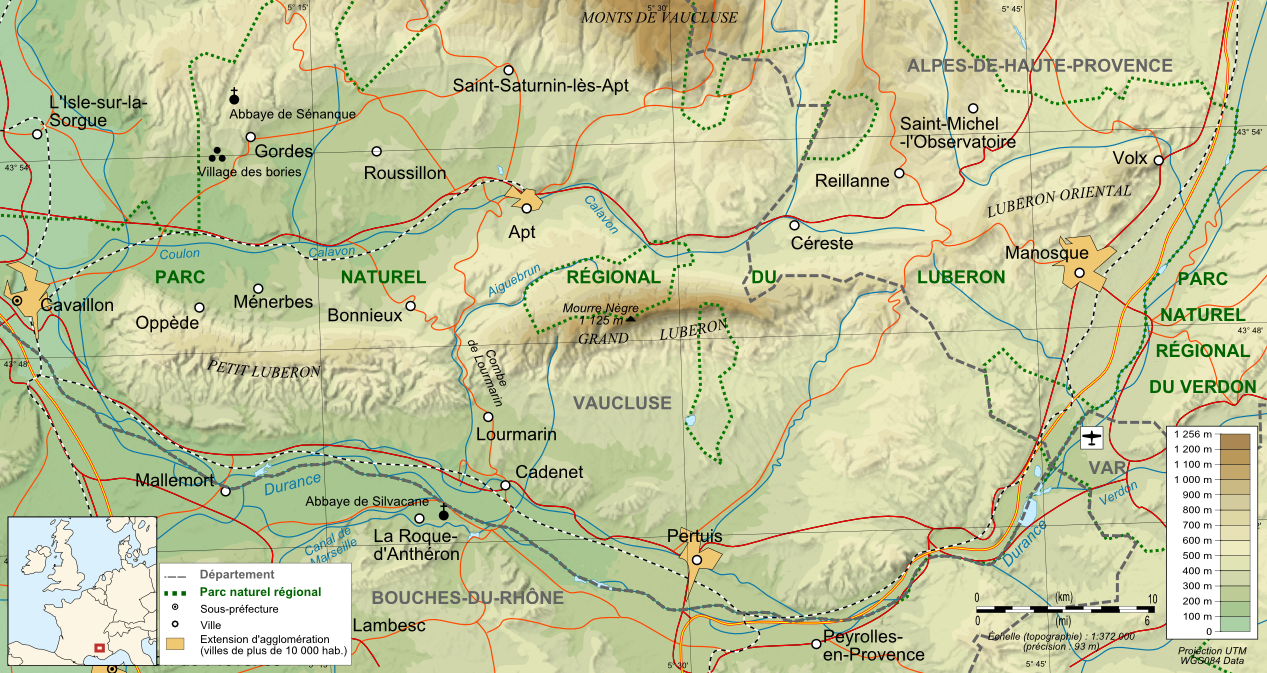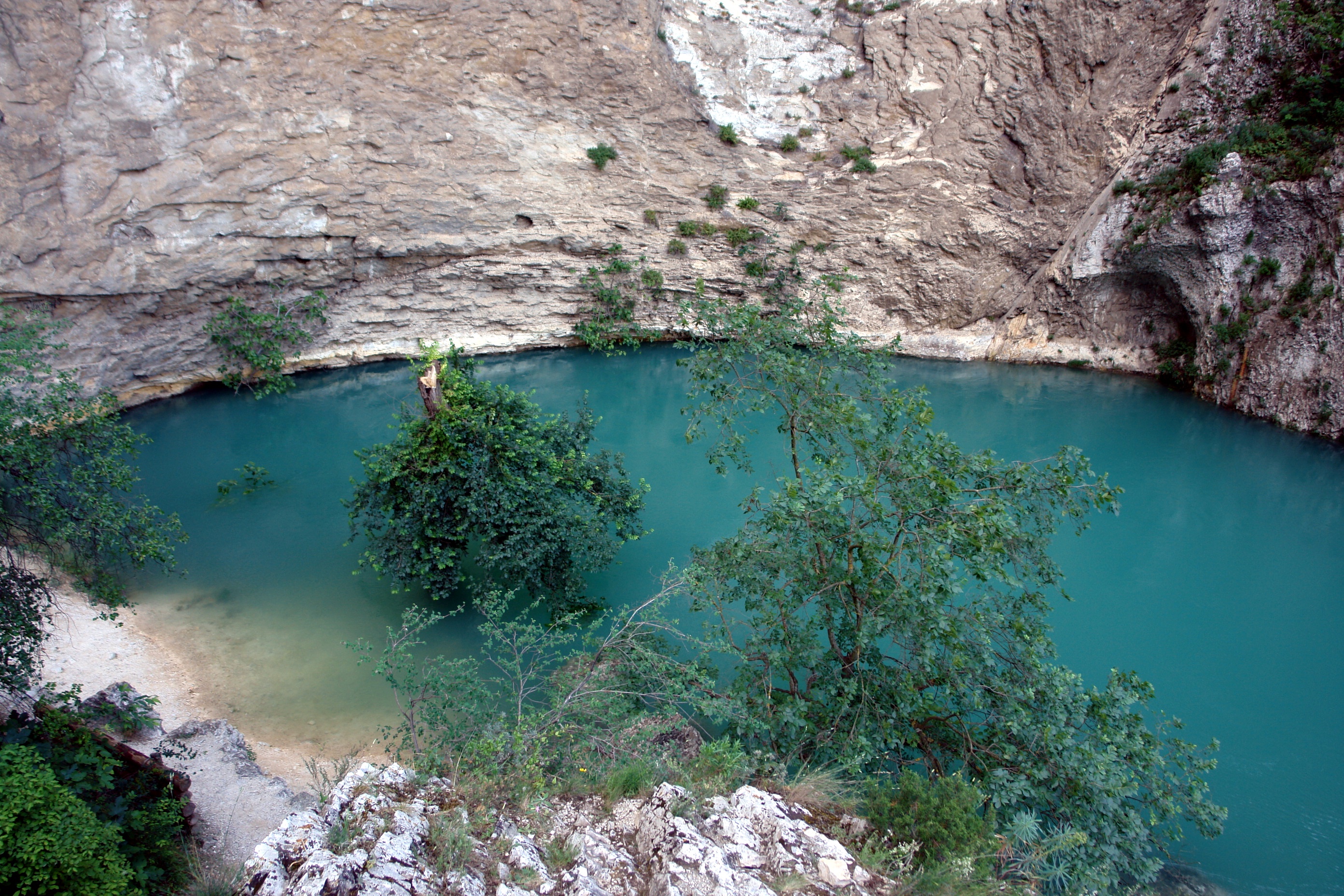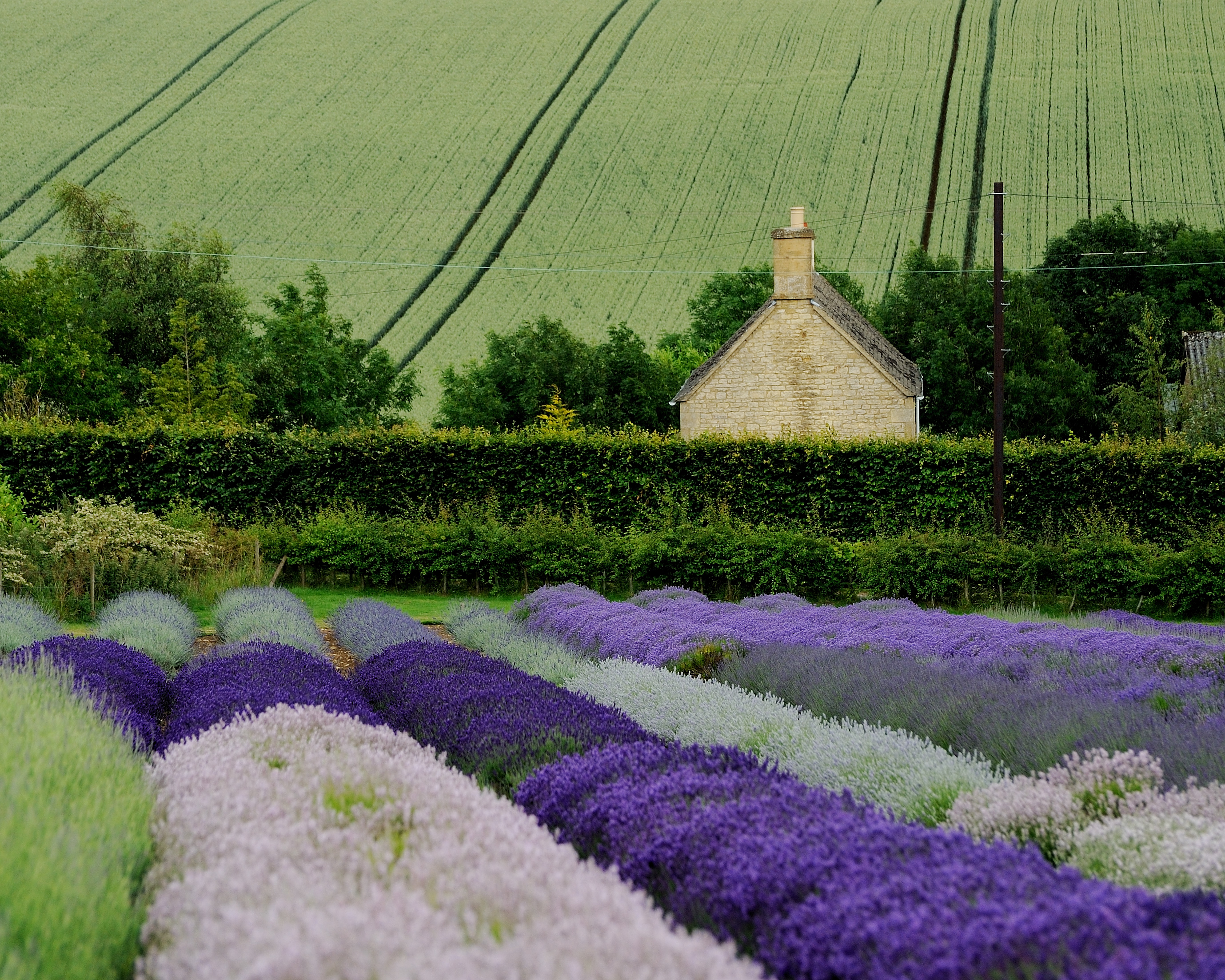|
Château D'Autet
Château d'Autet is a château located in the Luberon hills of the commune of Viens in the Vaucluse department, Provence-Alpes-Côte d'Azur, France. The château lies approximately to the northeast of the village of Gignac, and roughly north of Marseille. Built in the 19th century as a hunting lodge, the dilapidated house and surrounding neglected estate was bought in 1998 by David Armstrong-Jones, 2nd Earl of Snowdon, who is reported to have paid £500,000. The Daily Telegraph, 29 June 2003 In addition to repairing the house, the Earl planted fields of lavender
''Lavandula'' (common name lavender) is a gen ...
[...More Info...] [...Related Items...] OR: [Wikipedia] [Google] [Baidu] |
Château
A château (, ; plural: châteaux) is a manor house, or palace, or residence of the lord of the manor, or a fine country house of nobility or gentry, with or without fortifications, originally, and still most frequently, in French-speaking regions. Nowadays, a ''château'' may be any stately residence built in a French style; the term is additionally often used for a winegrower's estate, especially in the Bordeaux region of France. Definition The word château is a French word that has entered the English language, where its meaning is more specific than it is in French. The French word ''château'' denotes buildings as diverse as a medieval fortress, a Renaissance palace and a fine 19th-century country house. Care should therefore be taken when translating the French word ''château'' into English, noting the nature of the building in question. Most French châteaux are "palaces" or fine " country houses" rather than "castles", and for these, the word "château" is appropr ... [...More Info...] [...Related Items...] OR: [Wikipedia] [Google] [Baidu] |
Luberon
The Luberon ( or ; Provençal dialect, Provençal: ''Leberon'' or ''Leberoun'' ) is a massif in central Provence in Southern France, part of the French Prealps. It has a maximum elevation of and an area of about . It is composed of three mountain ranges (from west to east): Lesser Luberon (''Petit Luberon''), Greater Luberon (''Grand Luberon'') and Eastern Luberon (''Luberon oriental''). The valleys north and south of them contain a number of towns and villages as well as agricultural land; the northern part is marked by the Calavon, while the southern part is characterised by the Durance. The Luberon is often advertised under the name Lubéron (with an acute accent on top of the "e"); some dictionaries justify that the two spellings are interchangeable. The total number of inhabitants varies greatly between winter and summer, due to a massive influx of tourists during the warm season. It is a favourite destination for French high society and British and American visitors becaus ... [...More Info...] [...Related Items...] OR: [Wikipedia] [Google] [Baidu] |
Viens, Vaucluse
Viens (Occitan: ''Viènç'') is a commune in the Vaucluse department in the Provence-Alpes-Côte d'Azur region in southeastern France. Viens is an ancient village that has retained its appearance as a medieval stronghold. It is famous for its ramparts, Saracen gate and Clock Towe Geography The river Calavon forms most of the commune's south-eastern border. Landmarks * Chateau d'Autet See also *Communes of the Vaucluse department *Luberon The Luberon ( or ; Provençal dialect, Provençal: ''Leberon'' or ''Leberoun'' ) is a massif in central Provence in Southern France, part of the French Prealps. It has a maximum elevation of and an area of about . It is composed of three mounta ... References Communes of Vaucluse {{Vaucluse-geo-stub ... [...More Info...] [...Related Items...] OR: [Wikipedia] [Google] [Baidu] |
Vaucluse
Vaucluse (; or ) is a department in the southeastern French region of Provence-Alpes-Côte d'Azur. It had a population of 561,469 as of 2019.Populations légales 2019: 84 Vaucluse INSEE The department's is . It is named after a spring, the Fontaine de Vaucluse, one of the largest karst springs in the world. The ... [...More Info...] [...Related Items...] OR: [Wikipedia] [Google] [Baidu] |
Provence-Alpes-Côte D'Azur
Provence-Alpes-Côte d'Azur (commonly shortened to PACA), also known as Région Sud, is one of the eighteen Regions of France, administrative regions of France, located at the far southeastern point of the Metropolitan France, mainland. The main Prefectures in France, prefecture and largest city is Marseille, France's third largest city after Paris and Lyon and the 2nd largest urban area when combined with Aix-en-Provence with slightly less than one million residents. History The region is roughly coterminous with the former Provinces of France, French province of Provence, with the addition of the following adjacent areas: the former Pope, papal territory of Avignon, known as Comtat Venaissin; the former Kingdom of Sardinia, Sardinian-Piedmontese County of Nice annexed in 1860, whose coastline is known in English as the French Riviera and in French as the ''Côte d'Azur''; and the southeastern part of the former French province of Dauphiné, in the French Alps. Previously known ... [...More Info...] [...Related Items...] OR: [Wikipedia] [Google] [Baidu] |
France
France, officially the French Republic, is a country located primarily in Western Europe. Overseas France, Its overseas regions and territories include French Guiana in South America, Saint Pierre and Miquelon in the Atlantic Ocean#North Atlantic, North Atlantic, the French West Indies, and List of islands of France, many islands in Oceania and the Indian Ocean, giving it Exclusive economic zone of France, one of the largest discontiguous exclusive economic zones in the world. Metropolitan France shares borders with Belgium and Luxembourg to the north; Germany to the northeast; Switzerland to the east; Italy and Monaco to the southeast; Andorra and Spain to the south; and a maritime border with the United Kingdom to the northwest. Its metropolitan area extends from the Rhine to the Atlantic Ocean and from the Mediterranean Sea to the English Channel and the North Sea. Its Regions of France, eighteen integral regions—five of which are overseas—span a combined area of and hav ... [...More Info...] [...Related Items...] OR: [Wikipedia] [Google] [Baidu] |
Gignac, Vaucluse
Gignac (; ) is a commune in the Vaucluse department in the Provence-Alpes-Côte d'Azur region in southeastern France. Chateau d'Autet lies to the northeast of the village. A beautifully restored 18th century chateau and official historical landmark, thChateau de Gignac sits atop a hill overlooking the hamlet of Gignac. An earlier chateau at this location was damaged in 1575 during the French Wars of Religion, and was rebuilt between 1760 and 1780 on the eve of the French Revolution. See also *Communes of the Vaucluse department The following is a list of the 151 communes of the Vaucluse department of France. The communes cooperate in the following intercommunalities (as of 2025):Communes of Vaucluse {{Vaucluse-geo-stub ... [...More Info...] [...Related Items...] OR: [Wikipedia] [Google] [Baidu] |
Marseille
Marseille (; ; see #Name, below) is a city in southern France, the Prefectures in France, prefecture of the Departments of France, department of Bouches-du-Rhône and of the Provence-Alpes-Côte d'Azur Regions of France, region. Situated in the Provence region, it is located on the coast of the Mediterranean Sea, near the mouth of the Rhône river. Marseille is the List of communes in France with over 20,000 inhabitants, second-most populous city proper in France, after Paris, with 873,076 inhabitants in 2021. Marseille with its suburbs and exurbs create the Aix-Marseille-Provence Metropolis, with a population of 1,911,311 at the 2021 census. Founded by Greek settlers from Phocaea, Marseille is the oldest city in France, as well as one of Europe's List of oldest continuously inhabited cities, oldest continuously inhabited settlements. It was known to the ancient Greeks as ''Massalia'' and to ancient Romans, Romans as ''Massilia''. Marseille has been a trading port since ancient ... [...More Info...] [...Related Items...] OR: [Wikipedia] [Google] [Baidu] |
David Armstrong-Jones, 2nd Earl Of Snowdon
David Albert Charles Armstrong-Jones, 2nd Earl of Snowdon (born 3 November 1961), styled as Viscount Linley until 2017 and known professionally as David Linley, is a member of the extended British royal family, an English furniture maker, and honorary chairman of the auction house Christie's UK. He is the only son of Antony Armstrong-Jones, 1st Earl of Snowdon and Princess Margaret, and through his mother a grandson of King George VI and first cousin of King Charles III. When he was born, he was 5th in the line of succession to the British throne; , he is 26th, and the highest who is not a descendant of Queen Elizabeth II, his aunt. Early life and education David Albert Charles Armstrong-Jones was born on 3 November 1961, in Clarence House, London, the son of Princess Margaret and Antony Armstrong-Jones, 1st Earl of Snowdon. He was baptised on 19 December 1961 in the Music Room at Buckingham Palace. His godparents were his aunt Queen Elizabeth II, Lady Elizabeth Caven ... [...More Info...] [...Related Items...] OR: [Wikipedia] [Google] [Baidu] |
Lavender
''Lavandula'' (common name lavender) is a genus of 47 known species of perennial flowering plants in the sage family, Lamiaceae. It is native plant, native to the Old World, primarily found across the drier, warmer regions of the Mediterranean Sea, Mediterranean, with an affinity for maritime breezes. Lavender is found on the Iberian Peninsula and around the entirety of the Mediterranean Sea, Mediterranean coastline (including the Adriatic Sea, Adriatic coast, the Balkans, the Levant, and coastal North Africa), in parts of East Africa, Eastern and Southern Africa and the Middle East, as well as in South Asia and on the Indian subcontinent. Many members of the genus are cultivated extensively in temperate climates as ornamental plants for garden and landscape use, for use as culinary herbs, and also commercially for the extraction of essential oils. Lavender is used in traditional medicine and as an ingredient in cosmetics. Description The genus includes annual or short-lived ... [...More Info...] [...Related Items...] OR: [Wikipedia] [Google] [Baidu] |
Houses Completed In The 19th Century
A house is a single-unit residential building. It may range in complexity from a rudimentary hut to a complex structure of wood, masonry, concrete or other material, outfitted with plumbing, electrical, and heating, ventilation, and air conditioning systems.Schoenauer, Norbert (2000). ''6,000 Years of Housing'' (rev. ed.) (New York: W.W. Norton & Company). Houses use a range of different roofing systems to keep precipitation such as rain from getting into the dwelling space. Houses generally have doors or locks to secure the dwelling space and protect its inhabitants and contents from burglars or other trespassers. Most conventional modern houses in Western cultures will contain one or more bedrooms and bathrooms, a kitchen or cooking area, and a living room. A house may have a separate dining room, or the eating area may be integrated into the kitchen or another room. Some large houses in North America have a recreation room. In traditional agriculture-oriented societie ... [...More Info...] [...Related Items...] OR: [Wikipedia] [Google] [Baidu] |







